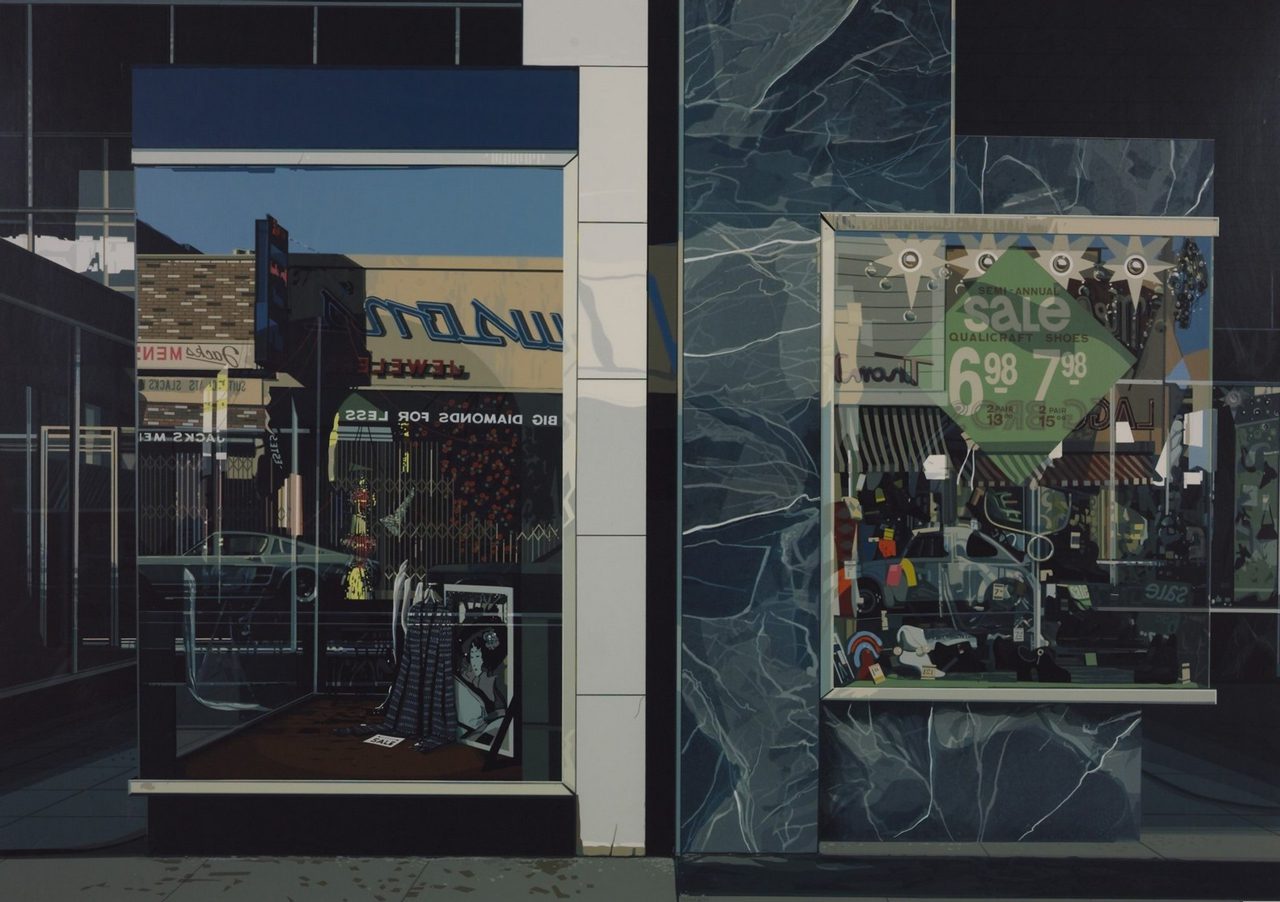ART CITIES: Basel-Fresh Window & Display of Art
 For decades, there have been close links between the histories of art and shop window display. Besides Jean Tinguely, many other artists have designed pioneering window displays. Conversely, window displays frequently feature as a motif in artworks or serve as a stage for performances and actions. The exhibition “Fresh Window -The Art of Display & Display of Art” explores this eventful relationship from its beginnings to the present day.
For decades, there have been close links between the histories of art and shop window display. Besides Jean Tinguely, many other artists have designed pioneering window displays. Conversely, window displays frequently feature as a motif in artworks or serve as a stage for performances and actions. The exhibition “Fresh Window -The Art of Display & Display of Art” explores this eventful relationship from its beginnings to the present day.
By Efi Michalarou
Photo: Museum Tinguely Archive
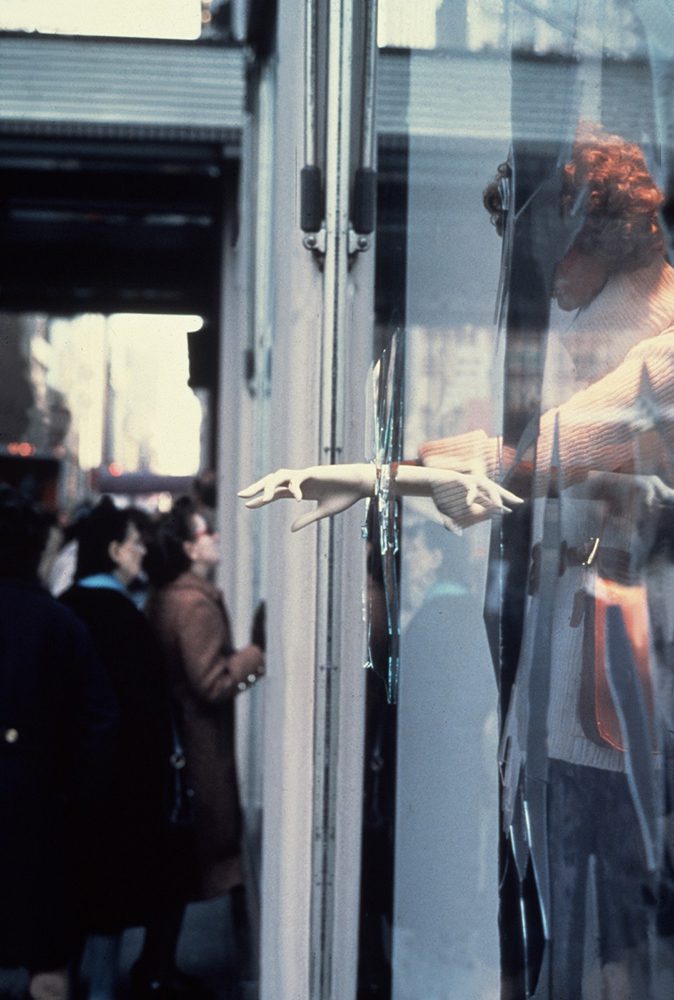
Art and shop windows may seem like unusual partners, but if one takes a look at their shared history of shop window displays, one finds a long tradition. In the late nineteenth century, when window displays developed into a central element of modern consumer culture, people soon began to think about the potential for presenting commodities in aesthetic ways. With surprising and creative displays, such windows were the store’s street-facing calling card, inviting people to stop and look, around the clock, as well as informing passersby about special offers, always with the aim of generating sales. Artists soon began exploring this new phenomenon. Following his absurd take on the window’s functions and meanings in his 1920 work “Fresh Widow”, Marcel Duchamp designed his first shop window display in 1945 for the launch of a book by André Breton in New York. By then, Jean Tinguely was already working as a professional window dresser in Basel. Having begun his apprenticeship at the Globus department store in 1941, he was fired in 1943 for lack of discipline. He completed his training in 1944 with the freelance window dresser Joos Hutter, who encouraged him to attend Basel’s school of applied arts. Often made out of wire, his window designs – for clients including the opticians Ramstein Iberg Co., the bookstore Tanner, and the furniture store Wohnbedarf Jehle – anticipated the signature style of his later artworks. In 1950s New York, too, artists supplemented their income with regular jobs in this field. An important role here was played by Gene Moore, who fostered the talent of young, unknown artists in his position as art director for the department store Bonwit Teller and the jeweller Tiffany & Co., where he would select works by Sari Dienes or Susan Weil for window displays, or commission elaborate designs from Robert Rauschenberg, Jasper Johns or Andy Warhol before they became established in the art world. Some of these shop window designs are documented in the exhibition in the form of photographs, while others have been faithfully reconstructed, allowing them to be rediscovered some 70 years later. Conversely, such displays featured as motifs in many paintings, installations, sculptures, video works and series of photographs – works that deal with the qualities and associative potential inherent in shop windows. In the 1960s and ‘70s, Richard Estes, Peter Blake and Ion Grigorescu addressed the colorful, exuberant world of capitalism. The seductive function of window displays was highlighted in “Lèche Vitrines” (2020), a performance by Martina Morger who acted out the title (French for “window shopping”) by licking shop windows in Paris. With the veiled windows of his “Store Fronts” (1964–68), Christo played on the aspect of voyeurism and on the sculptural properties of shop displays. The scenographic mastery of traditional window dressing is referred to in the “Street Vitrines” (2020) by Atelier E.B (Beca Lipscombe & Lucy McKenzie) and in Anna Franceschini’s video work “Did you know you have a broken glass in the window?” (2020). The role of display windows as a mirror of society that exerts a shaping influence on the face of the city is another aspect addressed by artists. At the beginning of the twentieth century, Eugène Atget and Berenice Abbott documented various storefronts in Paris and New York. The fact that window displays can also reflect political change is shown by the photographs taken by Iren Stehli in Prague from the 1970s into the 1990s. With her series “Greenpoint: New Fronts” (since 2015, ongoing), Martha Rosler portrays the gentrification of her home neighbourhood in New York. In her “Greenpoint Project” (2011), she also took photographs of the people behind the windows. This highlights the important role shops can play in a social structure – an aspect also touched on in Tschabalala Self’s series “Bodega Run” (since 2015, ongoing): in works using textiles, neon and photography, she deals with the history and culture of the bodegas where New York’s various communities meet while doing their shopping. Today, however, more and more shops stand empty, in Basel and in many other cities: the heyday of window dressing seems to be long gone – a development referred to in the photorealist paintings of Sayre Gomez and the cinematically atmospheric photographs of Gregory Crewdson. As highly visible spaces in prominent locations, shop windows also proved interesting for performance artists. With the aim of reaching the largest, most diverse audience possible, social and political issues have often been addressed on this stage. In October 1969, Tinguely’s “Rotozaza III” was activated in the window of the Bern department store Loeb: by smashing crockery in front of a crowd of onlookers, it playfully criticized the western world’s excessive consumerism. Vlasta Delimar and María Teresa Hincapié used shop windows to draw attention to conventional role models for women. In her 1976 performance “Role Exchange”, Marina Abramović swapped workplaces with a prostitute in Amsterdam and spent two hours sitting in the window of a brothel. In this way, she questioned not only the value attributed to different activities, but also the moral connotations of the display window. In 1976, Lynn Hershman Leeson used the windows at the Bonwit Teller department store for a portrait of New York City in the form of a multimedia installation. Rather than presenting objects for sale, the sequence of narratively interlinked scenes offered food for thought. In 1980, Sherrie Rabinowitz and Kit Galloway used cutting-edge technology to allow people walking past a shop window in New York to communicate with people walking around Los Angeles via a kind of video telephony. This work, “Hole in Space”, is a wonderful illustration of the roles a shop window can play: a place for interactions, discussions and encounters. The exhibition extends out into the streets of Basel with interventions in shop windows. For this part of the exhibition, Museum Tinguely is cooperating with StadtKonzeptBasel and former students from the Institute Art Gender Nature Basel Academy of Art and Design FHNW who will create installations and performances in various shop windows. Former students of the Institute Art Gender Nature HGK Basel FHNW will occupy and transform shop windows in Basel’s historical centre, stimulating the imagination by combining urban space with forms of projection and desire. As an extension of the exhibition Fresh Window at Museum Tinguely, they will explore the ways artists can enter into dialog with and appropriate the structures and architectures of shops, presenting specially created works that bring the themes of the exhibition to life on Basel’s streets. With dioramas, panoramas, environments and installations combining stained glass, lightshows and animation, these display window projects include animals, plants, objects, texts, performances and more, creating an open-air exhibition accessible to all passersby.
Artists: Berenice Abbott, Marina Abramović, Atelier E.B. (Beca Lipscombe & Lucy McKenzie), Eugène Atget, Peter Blake, Christo, Gregory Crewdson, Vlasta Delimar, Sari Dienes, Marcel Duchamp, Elmgreen & Dragset, Richard Estes, Anna Franceschini, Kit Galloway & Sherrie Rabinowitz, R.I.P. Germain, Sayre Gomez, Ion Grigorescu, Nigel Henderson, Lynn Hershman Leeson, María Teresa Hincapié, Jasper Johns, John Kasmin, François-Xavier Lalanne, Bertrand Lavier, Martina Morger, Robert Rauschenberg, Martha Rosler, Giorgio Sadotti, Tschabalala Self, Johnnie Shand Kydd, Sarah Staton, Iren Stehli, Pascale Marthine Tayou, Jean Tinguely, Goran Trbuljak, Andy Warhol, Jiajia Zhang.
Photo: Christo, Purple Store Front, 1964, Wood, enamel paint, acrylic glas, fabric, acrylic paint, paper, wire mesh, door handle and lock, screws, nails, LED light, 235,3 x 220,3 x 34,9 cm, © 2024/2025 ProLitteris, Zürich Creditline: Christo and Jeanne-Claude Foundation Photo Credit: Wolfgang Volz
Info: Curators: Adrian Dannatt, Tabea Panizzi and Andres Pardey, Assistant Curator: Melanie Keller, Museum Tinguely, Paul Sacher-Anlage 1, Basel, Switzerland, Duration: 3/12/2024-11/5/2025, Days & Hours: Tue-Sun 11:00-18:00, www.tinguely.ch/
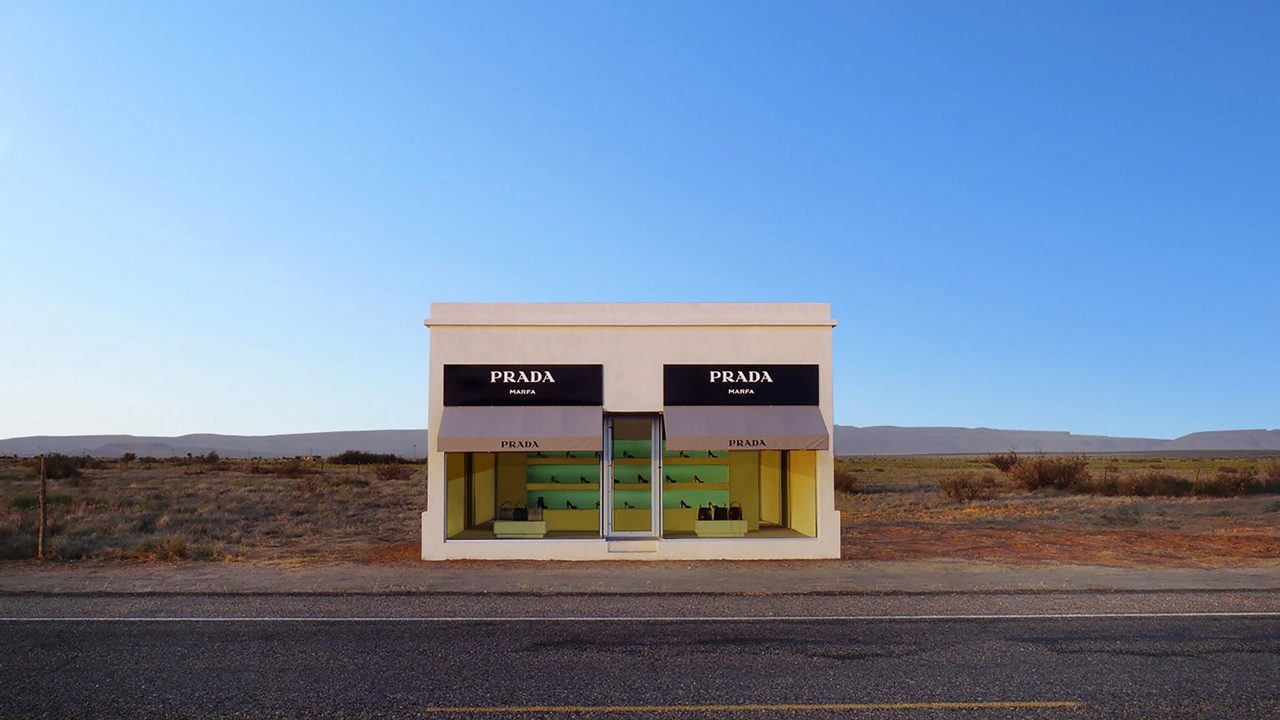
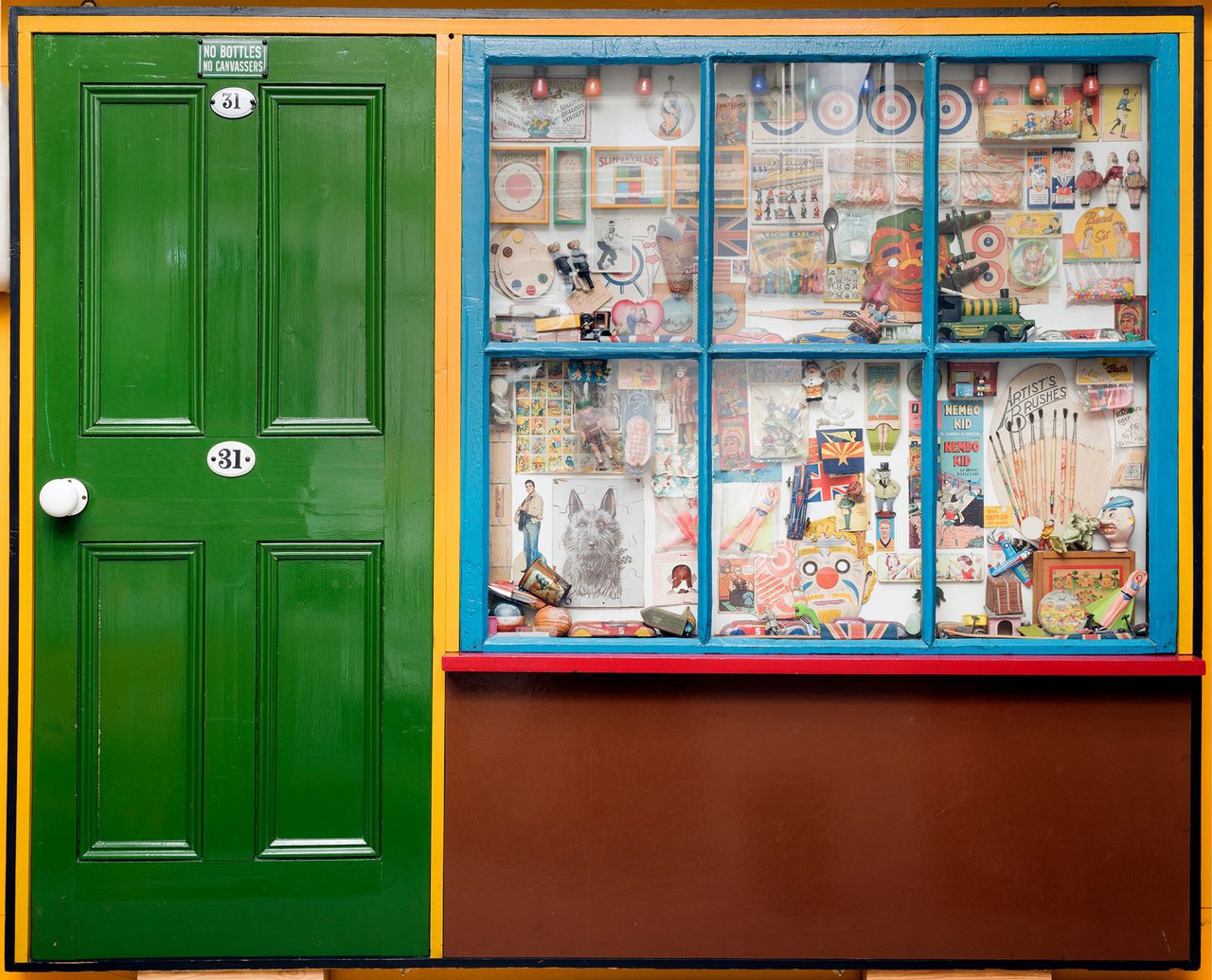
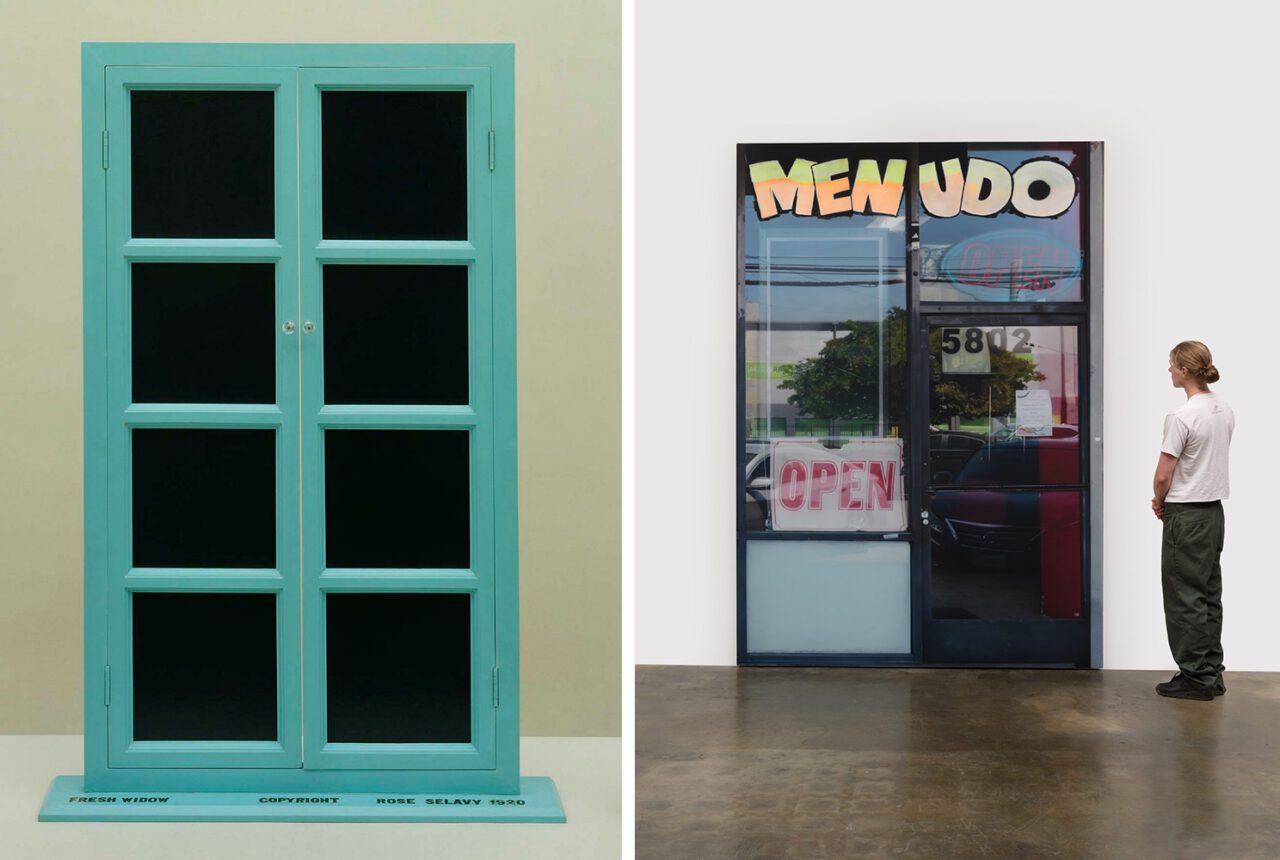
Right: Sayre Gomez, Burger Factory, 2024, Addition: SGS 2024.23, Acrylic on canvas, 213,4 x 304,8 cm, © Sayre Gomez, Creditline: Courtesy of the Artist and Galerie Nagel Draxler Photo Credit: Jeff Mclane
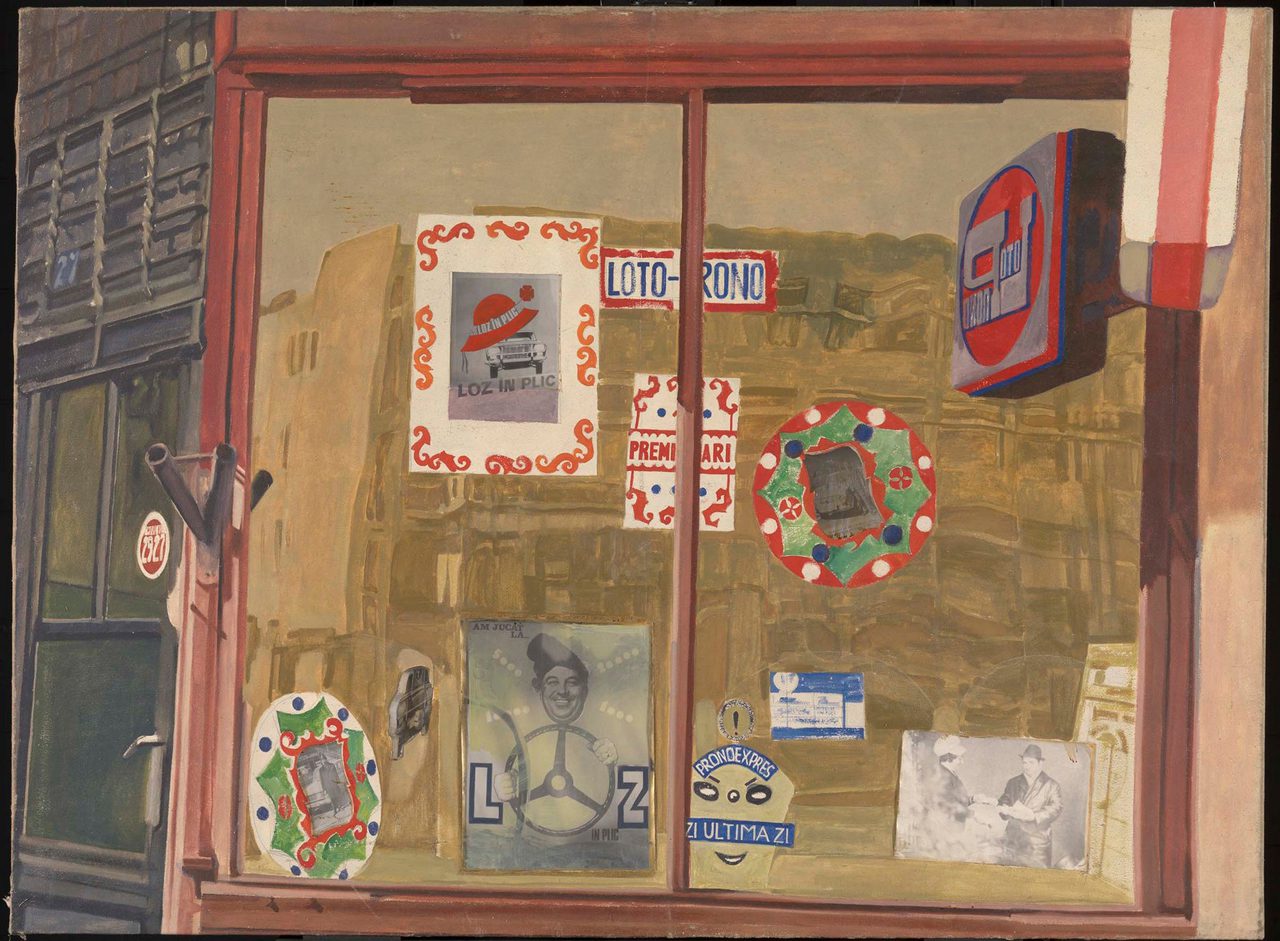
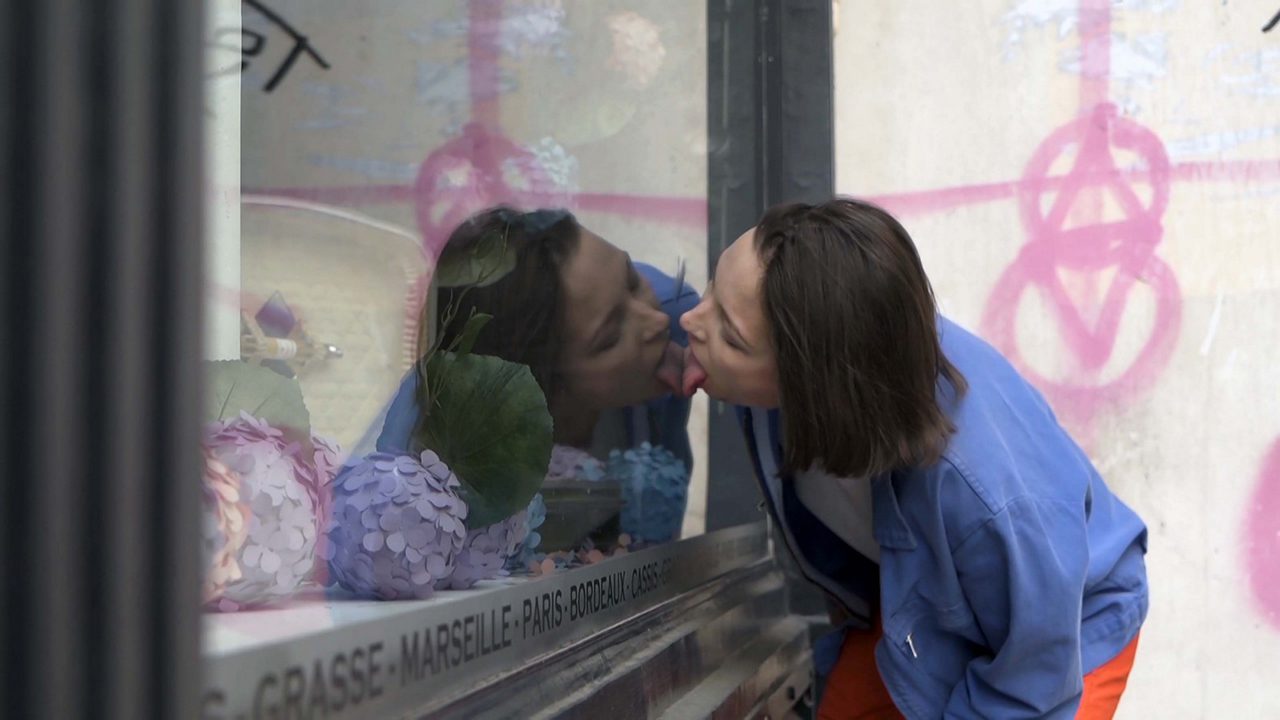
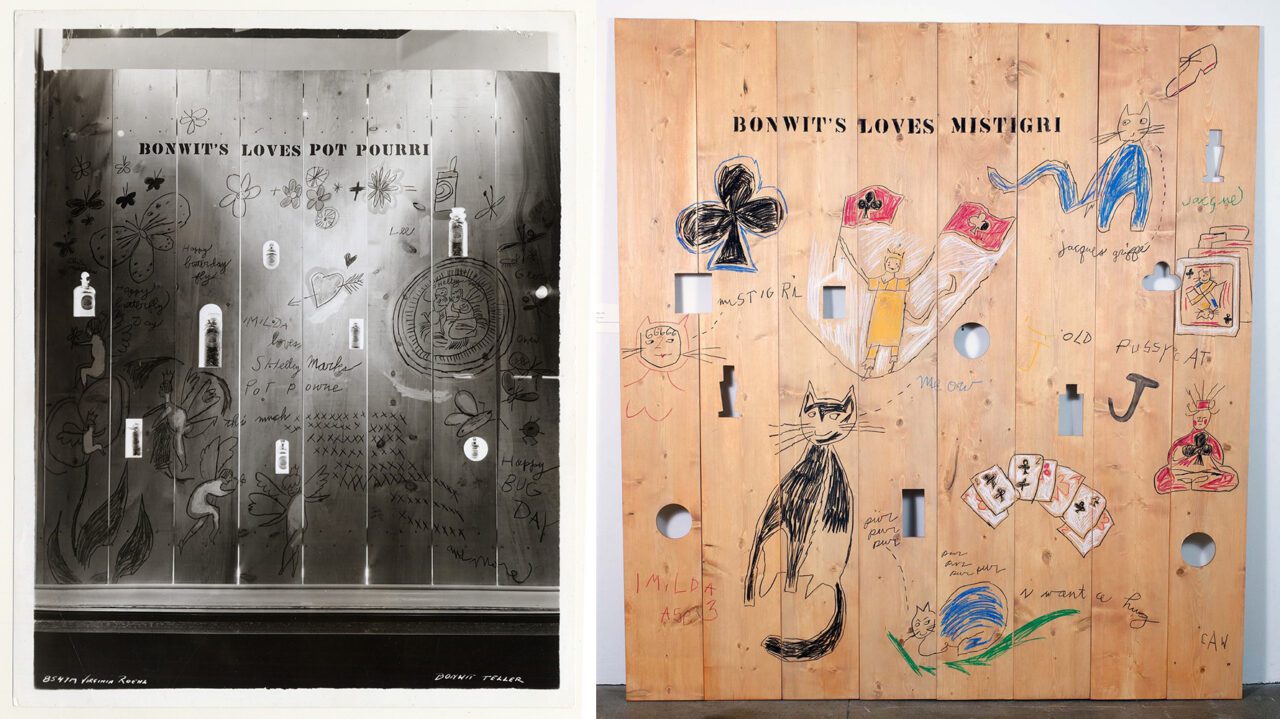
Right: Andy Warhol, Bonwit’s Loves Mistigri, wooden panels, IA2021.1.1a-h., 1955, Reproduktion 2021, © The Andy Warhol Foundation for the Visual Arts, Inc. / 2024/2025 ProLitteris, Zürich, Creditline: The AndyWarhol Foundation for the Visual Arts, Inc.
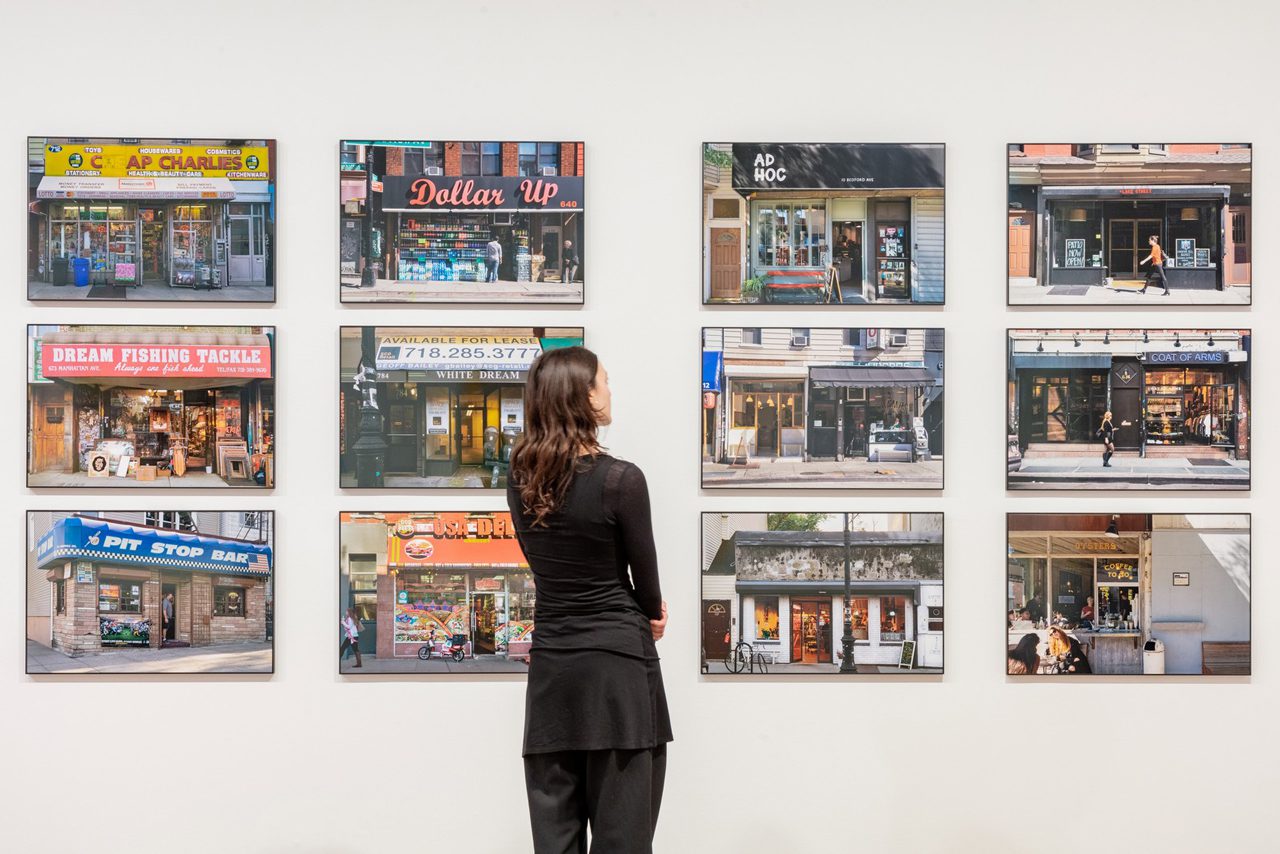
Martha Rosler, New Fronts, 2015-today, C-prints, © Martha Rosler, Creditline: Courtesy: Martha Rosler and Galerie Nagel Draxler, Berlin/Cologne, Photo Credit: Pati Grabowicz
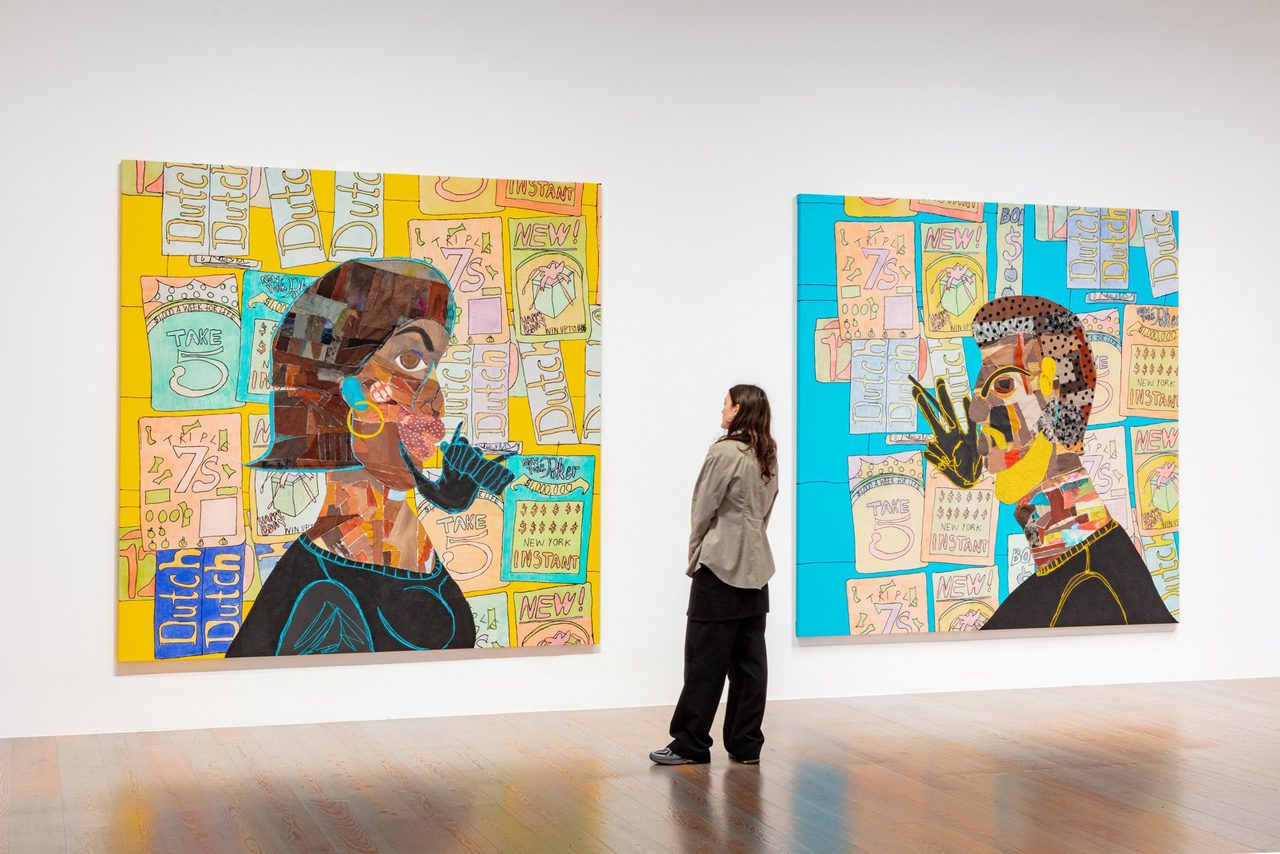
Tschabalala Self, Customer 5 (right), 2024, Acrylic, coloured pencil, fabric, painted canvas and thread on canvas canvas, © Tschabala Self Studio Inc., Creditline: Private collection, Switzerland & Tschabalala Self, Customer 4, 2024, Acrylic, coloured pencil, fabric, painted canvas and thread on canvas canvas, © Tschabala Self Studio Inc., Creditline: Maja Hoffmann/Luma Foundation, Photo Credit: Pati Grabowicz
